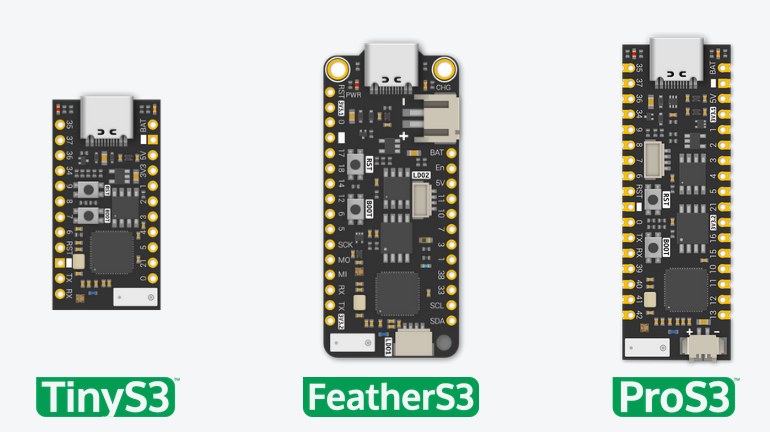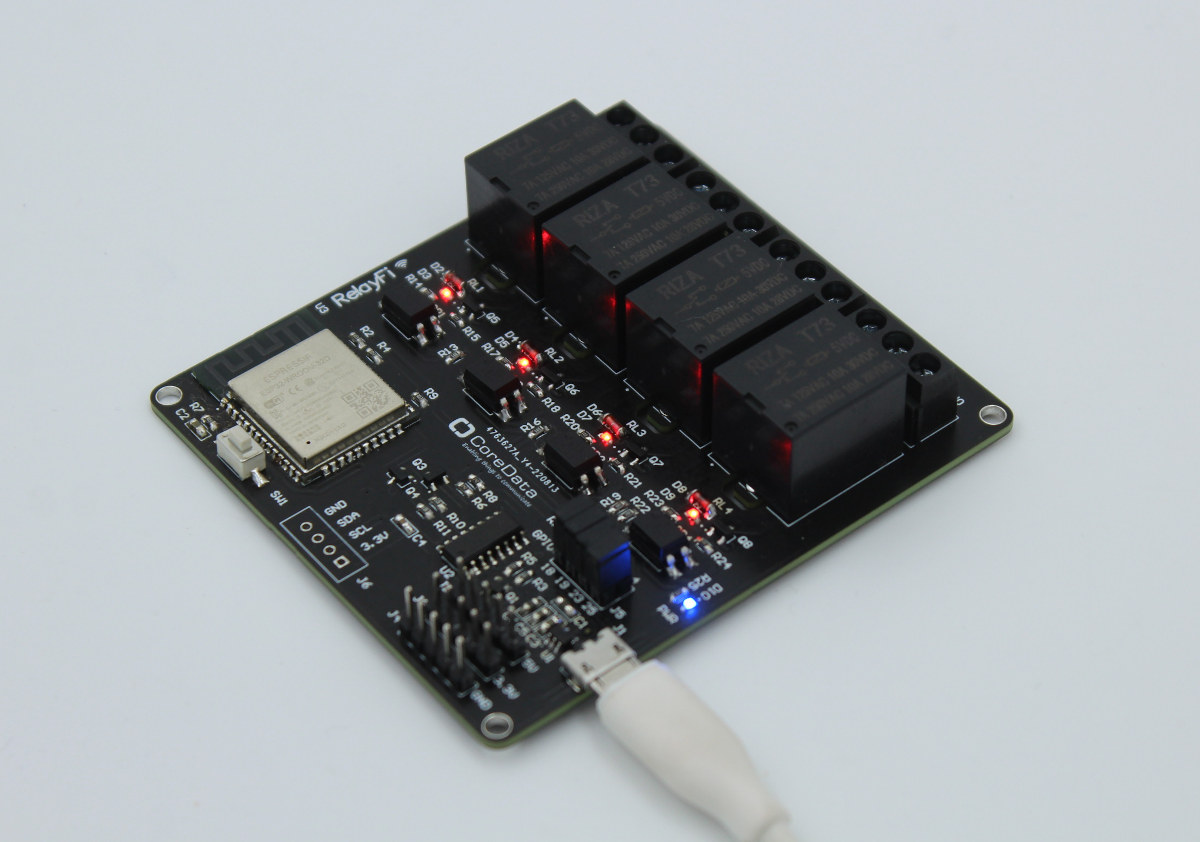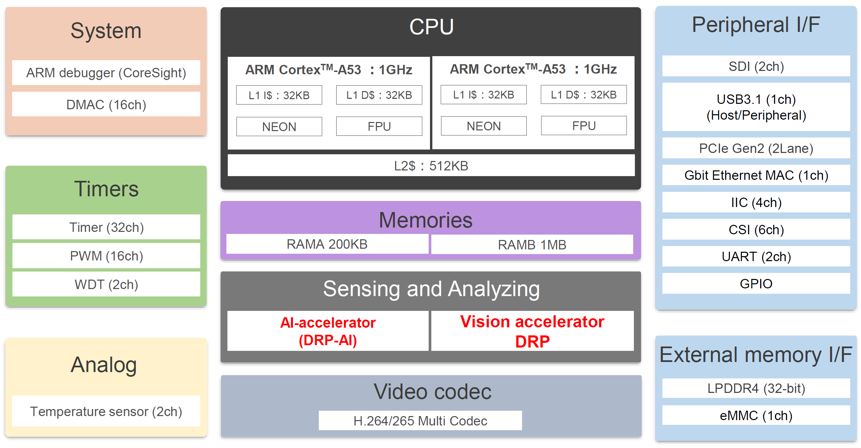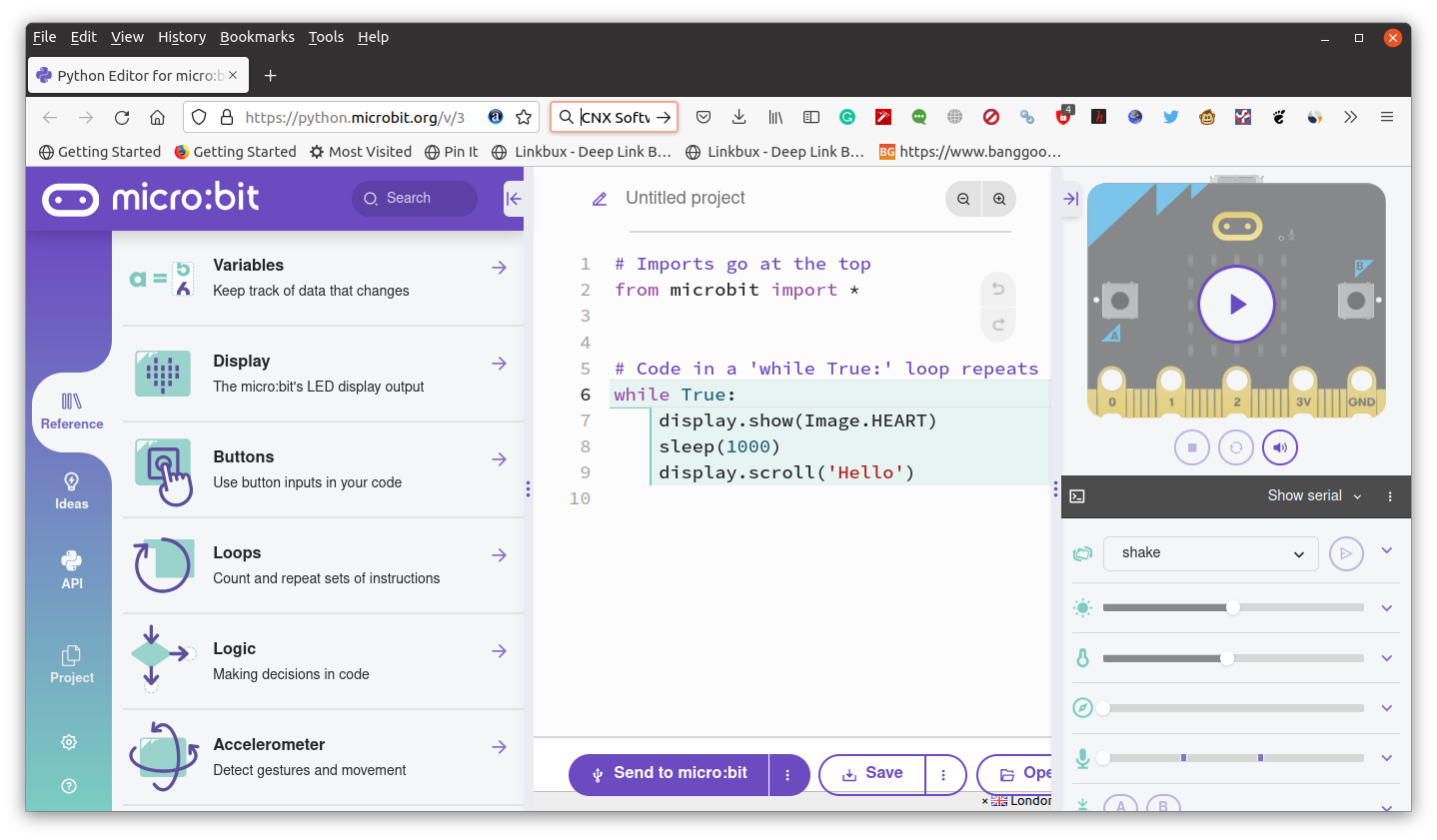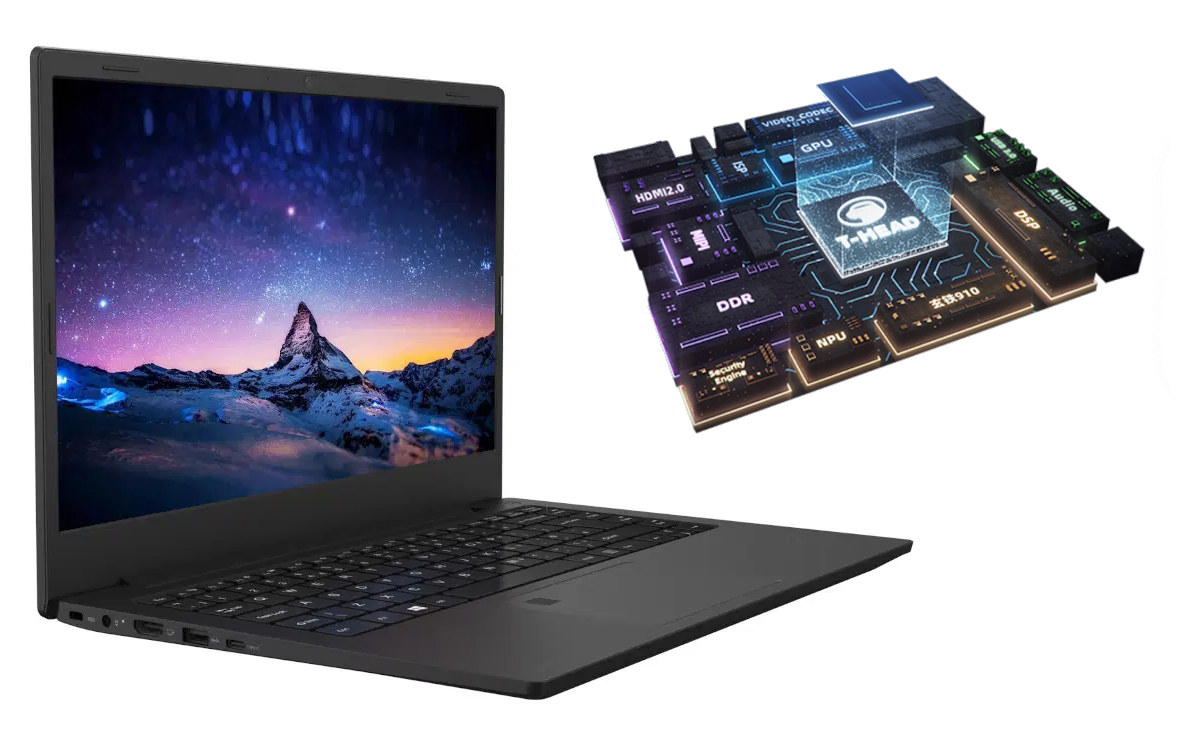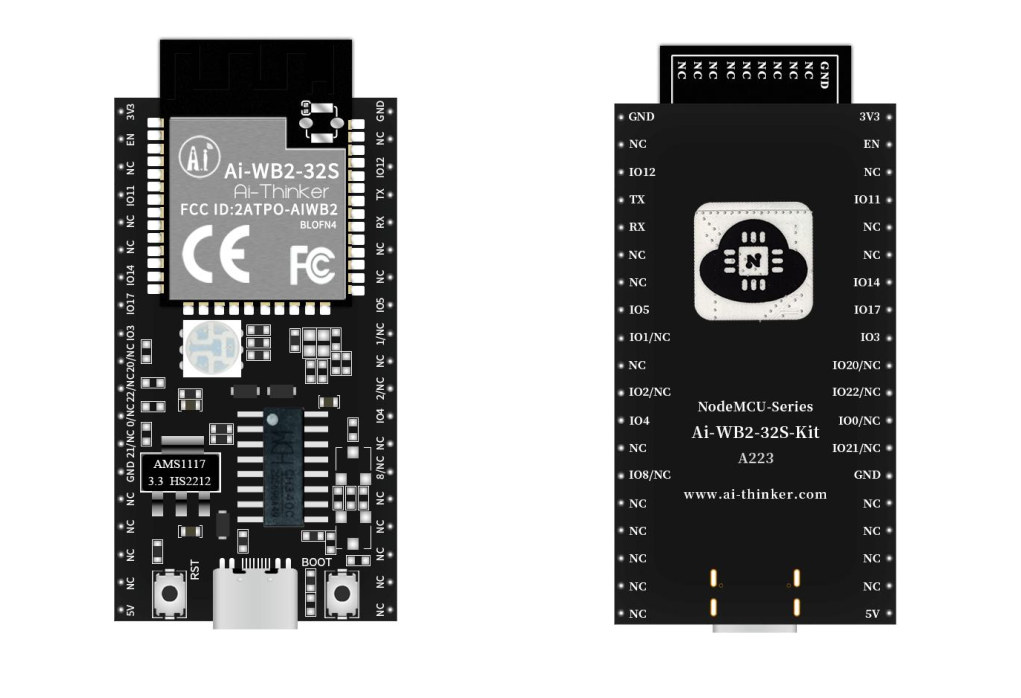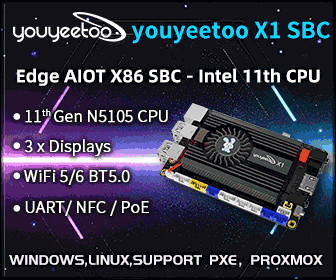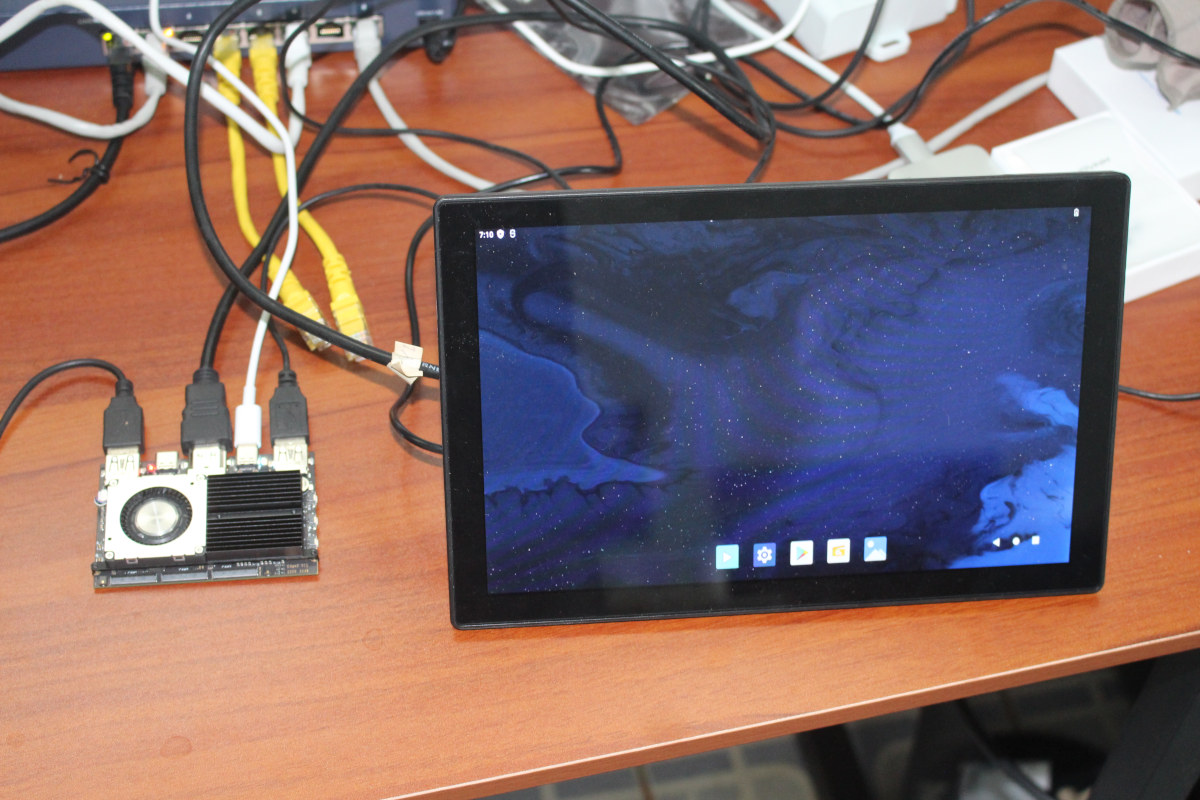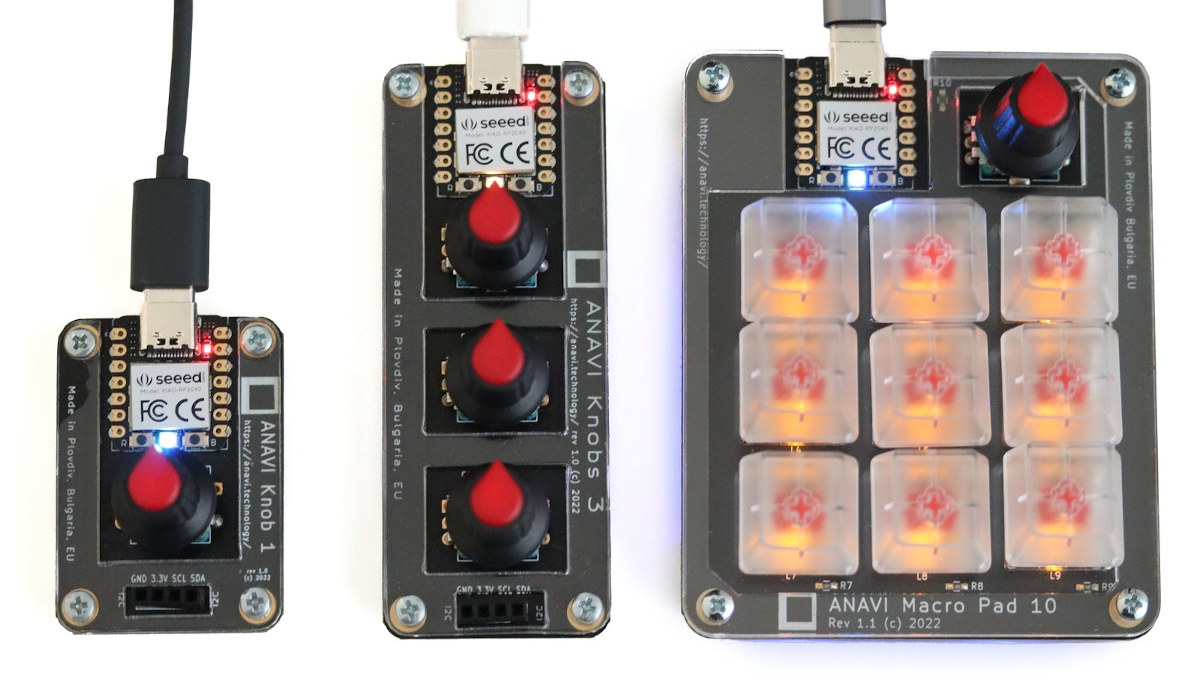Seon Rozenblum, better known as Unexpected Maker, has launched upgrades to its ESP32-S2 boards such as the TinyS2 with ESP32-S3 variants, namely TinyS3, FeatherS3, and ProS3 boards. The new boards share the same form factors as the TinyS2, FeatherS2, and ProS2, but they get a more powerful dual-core microcontroller with AI instructions and 512kB SRAM. The microcontroller also adds Bluetooth 5.0 Low Energy (BLE) connectivity with Bluetooth Mesh support, instead of just WiFi 4 connectivity found in the earlier boards. TinyS3, FeatherS3, and ProS3 boards share the following features: SoC – Espressif Systems’ ESP32-S3 with Dual-core 32bit Xtensa LX7 microcontroller up to 240MHz RISC-V ULP Co-processor 512KB SRAM 2.4GHz Wifi 4 (802.11b/g/n) Bluetooth 5.0 BLE + Mesh Memory – 8MB QSPI PSRAM Flash – 8MB to 16MB depending on the model. USB – 1x USB Type-C connector with reverse back-feed protection for power and programming Antenna – 3D high gain […]
RelayFi – A Tasmota compatible 4-channel relay board (Crowdfunding)
CoreData Global, a Singapore-based research and development firm, has just introduced the RelayFi 4-channel relay board based on ESP32 and compatible with Tasmota open-source firmware, as well as Espressif’s ESP RainMaker cloud and ESP-NOW networking API. RelayFi is fitted with an ESP32-WROOM-32D WiFi and Bluetooth module, four relays capable of handling a load of 250 VAC/7A or 30 VDC/10A, and EL817C Optoisolators for safety. The board also comes with CH340C USB to TTL chip for programming, an I2C header for expansion, and some jumpers for relay selection. RelayFi specifications: Wireless module – Espressif Systems’ ESP32-WROOM-32D module with ESP32 dual-core Tensilica microcontroller, 32Mbit SPI flash, Wi-Fi 802.11 b/g/n up to 150 Mbps, Bluetooth 4.2 LE, and PCB antenna Relays 4x relays up to 250VAC/7A or 30VDC/10A 4x EL817C optocouplers for safety 4x relay status LEDs Screw terminals Relay selection jumper USB – 1x micro USB port for power and programming via […]
Renesas RZ/V2MA microprocessor embeds AI & OpenCV accelerators for image processing
Renesas has launched the RZ/V2MA dual-core Arm Cortex-A53 microprocessor with a low-power (1TOPS/W) DRP-AI accelerator and one OpenCV accelerator for rule-based image processing enabling vision AI applications. The MPU also supports H.265 and H.264 video decoding and encoding, offers LPDDR4 memory and eMMC flash interfaces, as well as Gigabit Ethernet, a USB 3.1 interface, PCIe Gen 2, and more. The RZ/V2MA microprocessor targets applications ranging from AI-equipped gateways to video servers, security gates, POS terminals, and robotic arms. Renesas RZ/V2MA specifications: CPU – 2x Arm Cortex-A53 up to 1.0GHz Memory – 32-bit LPDDR4-3200 Storage – 1x eMMC 4.5.1 flash interface Vision and Artificial Intelligence accelerator DRP-AI at 1.0 TOPS/W class OpenCV Accelerator (DRP) Video H.265/H.264 Multi Codec Encoding: h.265 up to 2160p, h.264 up to 1080p Decoding: h.265 up to 2160p, h.264 up to 1080p Networking – 1x Gigabit Ethernet USB – 1x USB 3.1 Gen1 host/peripheral up to 5 […]
The BBC has released a new web-based Python editor for the micro:bit board
There are already Python editors such as Thonny, but the BBC thought those were not good enough and released a new web-based Python editor specifically designed for the micro:bit education board targeting 11 to 14 years old pupils. The micro:bit Python editor includes drag and drop code examples, code structure & error highlighting, auto-complete feature, a simulator to test the code before uploading it to the micro:bit board, and a Quick ideas section to help pupils get started with projects. The BBC’s micro:bit Python editor works with both the micro:bit V1 and V2, but note the simulator shows a micro:bit V2, so if you are using the previous generation micro:bit, some code may work on the simulator but not on your micro:bit V2 board. For that reason, the BBC marked the code that only works on a micro:bit V2 with ‘V2’ in the Reference section. While the BCC is a […]
Alibaba T-Head TH1520 RISC-V processor to power the ROMA laptop
The ROMA RISC-V laptop was announced this summer with an unnamed RISC-V processor with GPU and NPU. We now know it will be the Alibaba T-Head TH1520 quad-core Xuantie C910 processor clocked at up to 2.5GHz with a 4 TOPS NPU, and support for 64-bit DDR at up 4266 MT. The TH1520 is born out of the Wujian 600 platform unveiled by Alibaba in August 2022, and is capable of running desktop-level applications such as Firefox browser and LibreOffice office suite on OpenAnolis open-source Linux-based operating system launched by Alibaba in 2020. So that means we now have a better idea of the specifications of the ROMA RISC-V developer laptop: SoC – Alibaba T-Head quad-core RISC-V Xuantie C910 processor @ 2.5 GHz, unnamed Imagination GPU for graphics, 4 TOPS NPU for AI System Memory – Up to 16GB LPDDR4/LPDDR4X RAM Storage – Up to 256GB eMMC flash Display – 14.1-inch […]
AI Thinker Ai-WB2 modules feature BL602 RISC-V MCU with WiFi and BLE connectivity
AI Thinker has just introduced a new family of wireless IoT modules with the Ai-WB2 equipped with Bouffalo Lab BL602 RISC-V microcontroller offering both 2.4 GHz WiFi 4 and Bluetooth 5.0 LE connectivity. There are ten different modules to choose from, probably to keep mechanical and electrical compatibility with ESP8266 and ESP32 modules, and the company expects customers to integrate those into Internet of Things (IoT) products, mobile devices, wearables, Smart Home appliances, and more. Ai-WB2 modules share the following specifications: Wireless MCU – Bouffalo Lab BL602 32-bit RISC-V microcontroller @ up to 192 MHz with 276KB SRAM, 2.4 GHz WiFi 4 and Bluetooth 5.0 LE connectivity Storage – 2MB or 4MB SPI flash WiFi range – Up to about 500 meters (typical) I/Os – SDIO, SPI, UART, I2C, IR receiver, PWM, ADC, DAC, and GPIO (except Ai-WB2-01S with just UART/PWM/GPIO/ADC) Power Supply – 2.7V to 3.6V > 500mA Power […]
Khadas Edge2 review with Android 12
We’ve already reviewed Khadas Edge2 Pro with Ubuntu 22.04, and I’ve now had time to test the ultra-thin Rockchip RK3588S SBC with Android 12, so I’ll report my experience checking out the features, running some benchmarks, playing videos and games, etc… Flashing Android 12 to Khadas Edge2 board Our board was running Ubuntu 22.04, so in order to enter OOWOW firmware system, I had to keep pressing the function key (middle), then shortly press the reset button, before releasing the function key and entering the OOWOW interface. We can see the Android 11 image from the list we saw last month is gone for good, and a new Android 12 image dated September 20, 2022 is available. I selected that one, and OOWOW downloaded the files and flashed it to the board. Within five minutes, Android 12 was up and running on the board. As somebody who had spent several […]
ANAVI Macro Pad 10 & Knobs input devices run KMK firmware on Raspberry Pi RP2040 (Crowdfunding)
ANAVI Macro Pad 10, Knobs 3, and Knob 1 are open-source hardware input devices based on the Raspberry Pi RP2040-powered Xiao RP2040 mini module, and equipped with mechanical keys and/or rotary encoders Leon Anavi has some experience under his belt with the earlier Macro Pad 2 and Macro Pad 8 open-source keypads with mechanical keys running QMK open-source firmware on a Microchip 8-bit microcontroller. The new models switch the MCU to the Raspberry Pi RP2040 and to KMK open-source firmware written in CircuitPython. ANAVI Macro Pad 10 specifications: MCU module – Seeed Studio XIAO RP2040 with Raspberry Pi RP2040 dual-core Cortex-M0+ microcontroller @ up to 133 Mhz with 264KB SRAM, 2MB SPI flash, USB Type-C port Inputs – Rotary encoder with clickable switch and nine hot-swappable Cherry MX-style switches Keys – 9x Gateron red, linear, non-clicky mechanical switches and transparent keycaps with yellow LED backlighting Host interface – USB Type-C […]


